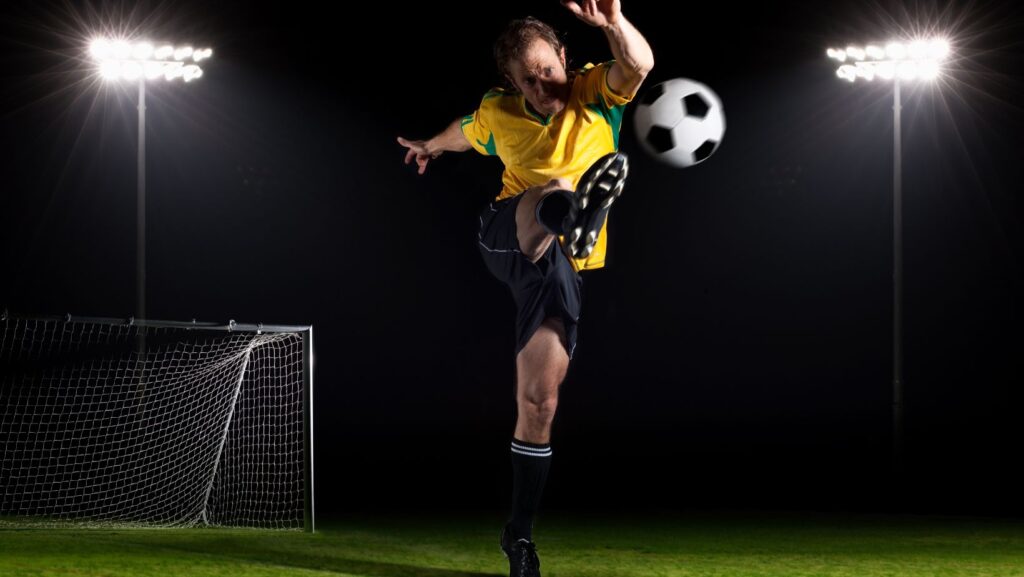
The opening weekend of the Alpine Ski World Cup is always a pulse check for both racers and fans. The Rettenbach Glacier above Sölden is not just the season’s start but a barometer of ambition: whoever “reads” the course fastest on hard snow in fickle conditions usually sets the tone for the months ahead. For many who follow the action through platforms like Merkur XTip, this weekend delivered exactly that sense of early-season clarity.
This autumn brought the same picture and the same name on top: Marco Odermatt. Through swirling snow and fog, the Swiss star finished another assured run to claim a third Sölden victory, laying down a high marker for everyone dreaming of the big globe. Simply put, we got a race with rhythm, drama, and a clear message: Odermatt still sets the standards you must meet if you want to be at the summit.
Conditions and Organizers’ Decisions
Sölden was a true Alpine endurance test this year: heavy snowfall, fog, and wind forced a lowered start for both runs, and the second run was delayed about an hour. At one stage, postponement or even cancellation was on the table, but a narrow weather window opened just enough for the elite to complete their segments. In such an atmosphere, a single misstep could “eat” even the best plan, which is why the value of a cool head and precision mattered even more.
How the Hundredths Were Won
On the clock it all looked “by the book.” Odermatt won with a combined 1:56.03; he led after the first run by a mere 0.01 and, despite the pressure, stayed calm and composed in the second. In the end, he finished 0.24 ahead of a resurgent Marco Schwarz, who raced in front of a euphoric home crowd, and 0.27 ahead of Atle Lie McGrath, who opened the season with third place in Sölden for the second year running. Margins like these, on a day of limited visibility, say everything about the fine balance between risk and control.
The Podium and Signals to Rivals
For Austria, it was a half-and-half evening in terms of output, and many in betting circles would agree. On his home hill, Schwarz found his smile after a hard spell of injuries and a year of pain and uncertainty; two composed runs put him alongside Odermatt and brought reassurance that body and ambition are “back on speaking terms,” ready to withstand heavier loads. McGrath, on the other hand, showed that “Viking weather” is his comfort zone: passive first run, aggressive second, and there he was on the podium again. For both, it was an ideal frame for settling into the season’s rhythm.

The Numbers
Beyond the headline results, the list hid mini-stories. Stefan Brennsteiner finished fourth, a further tailwind for the hosts. France’s Thibaut Favrot took fifth, his best GS result in nearly four years, while Raphael Haaser was sixth, the best giant slalom finish of his career. Henrik Kristoffersen, a lurking favorite, had to settle for seventh on a “ugly” visibility day, and Loïc Meillard ended up 14th, a small but useful base for what comes next. At the other end of the spectrum, Lucas Pinheiro Braathen failed to finish the first run after an error on the steep.
The Wider Context of Odermatt’s Dominance
With this Sölden win, Odermatt reached 46 World Cup victories and became the second most successful man on this hill. Only Ted Ligety, with four wins, sits ahead. The four-time consecutive champion in GS and the overall standings entered the season with a champion’s aura and the weight of expectation, but also with added motivation: last autumn here he suffered a rare disqualification.
Strong Host Showing
Even if the “host’s heart” didn’t get to hear the winner’s anthem, second and fourth place offer plenty of reasons for optimism. Schwarz’s return to the podium in the “land of skiing” feels almost symbolic: after months of pain and pressure, he has rediscovered joy in training, and it translated immediately to competition. Brennsteiner looked solid and steady as well, and Haaser’s jump into the top six creates intriguing dynamics within Austria’s team and in betting markets; the depth the hosts have long sought in GS is starting to take shape.
A Norwegian Signature on the Opener
McGrath once again proved he can “read” Sölden. Calling the day “Viking weather” captured the spirit perfectly: you don’t rely on sun, you don’t bargain for time, you simply race. Last year the Norwegians swept here; this time McGrath held the torch and hinted that their podium charges will keep coming, with a bit more risk especially when the circuit moves to courses with more room to let the skis run.
The American Weekend in Brief
Team USA finished with a mixed picture: River Radamus placed 21st, +1.89 back, and was the only one of six Americans to reach the second run. In snow and wind like this, it’s a small but important deposit for what follows. On days when visibility dictates choices, every point finish builds confidence, especially at the season’s start.
Swiss Picture and Record Marks
A third Sölden puts Odermatt alongside Hermann Maier (both on three) and still behind Ligety on four. FIS notes this was Odermatt’s 27th GS win in the World Cup, a number which—together with his sustained four-time championship—shows that the bar he sets is already a historical reference. This was not “just another Sölden”; it was proof that after a summer of doubts and preparation, a champion’s rhythm can be found even in the hardest conditions.
What’s Next
The caravan rolls on: the slalom elite heads to Levi on November 15–16 (the men race on Sunday), while the GS and speed squads will soon cross the Atlantic, and there’s no doubt live betting will be compelling at both stops. If the first snapshot of winter is any guide, Odermatt holds the helm, but the gaps are small and the field is deep: Austria breathes easy, Norway won’t back down, France has racers who can spring surprises, and the Americans are searching for continuity.






